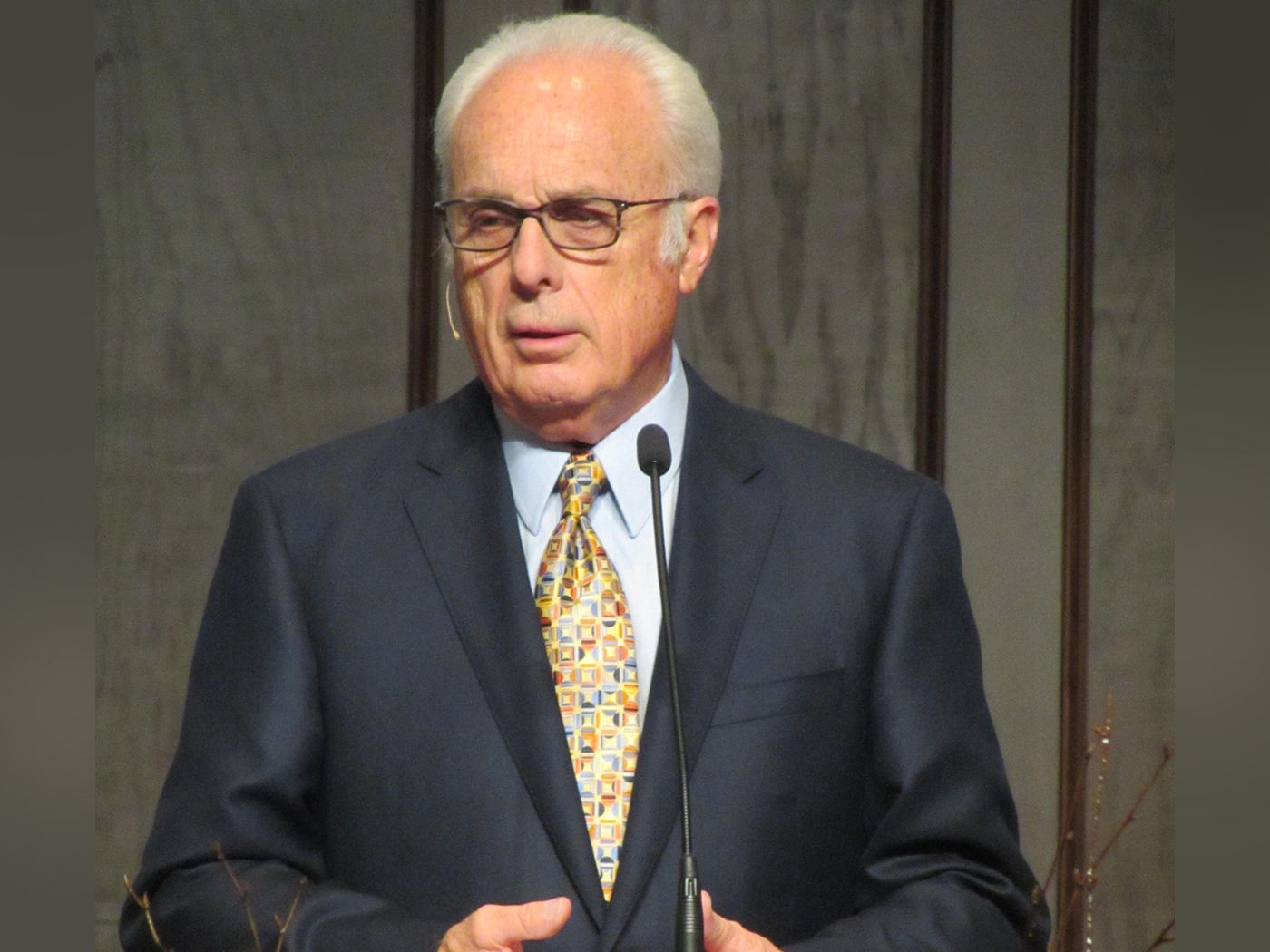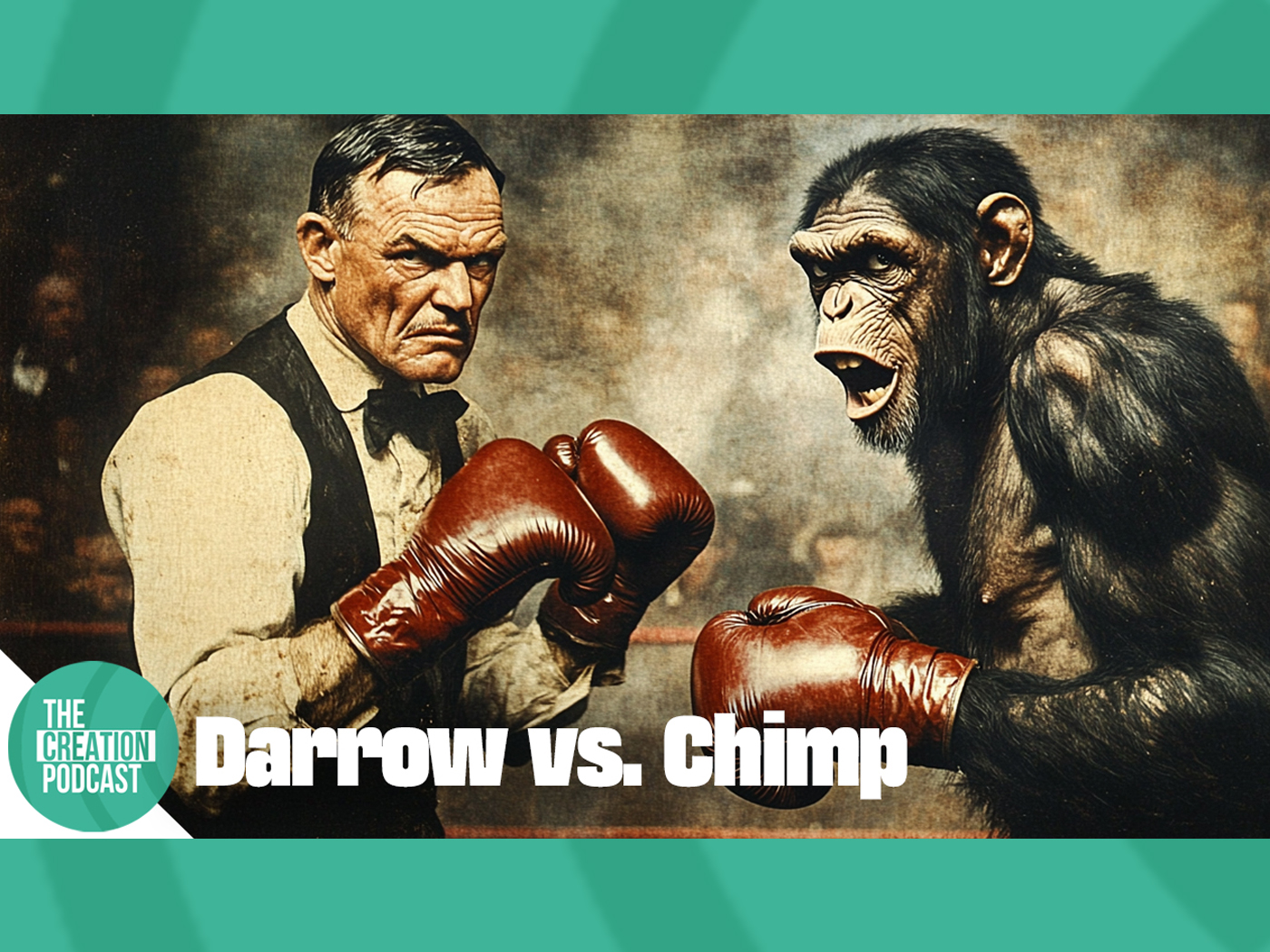Evolutionists have long maintained that modern primate species (including, in their view, humans) are branches on an evolutionary tree that lead back to a common ancestor. But the recent news of the published genome sequence for the gorilla in the journal Nature adds more solid data to the growing problem facing the current model of primate evolution.1
This problem is related to a biological paradigm called independent lineage sorting. To illustrate this concept among humans and primates, some segments of human DNA seem more related to gorilla DNA than chimpanzee DNA, and vice versa. This well-established fact produces different evolutionary trees for humans with various primates, depending on the DNA sequence being analyzed.
In a significant number of cases, evolutionary trees based on DNA sequences show that humans are more closely related to gorillas or orangutans than chimpanzees—again, all depending on which DNA fragment is used for the analysis. The overall outcome is that no clear path of common ancestry between humans and various primates exists, so no coherent model of primate evolution can be achieved.
The recent release of the gorilla genome spectacularly highlights this evolutionary quandary. According to the Nature study, "in 30% of the genome, gorilla is closer to human or chimpanzee than the latter are to each other."1
Of course, independent lineage sorting and the problems it presents for evolutionists are nothing new. It existed before the days of DNA sequencing in regards to mosaics of morphological traits, and it now exists in light of each new genome sequence discovery.
One of the first papers to expose this problem in the area of primate evolution was published in 2007 by the Center for Integrative Bioinformatics of Vienna's Ingo Ebersberger and his colleagues. They wrote:
Thus, in two-thirds of the cases, a genealogy results in which humans and chimpanzees are not each other's closest genetic relatives. The corresponding genealogies are incongruent with the species tree. In concordance with the experimental evidences, this implies that there is no such thing as a unique evolutionary history of the human genome. Rather, it resembles a patchwork of individual regions following their own genealogy.2
It is noteworthy that both the recent gorilla paper and Ebersberger's report utilize highly filtered data in which repetitive DNA (which comprises a significant portion of the genome) is masked and omitted, homologous (similar) regions are pre-selected, and sequence gaps are omitted. Both papers cited here explicitly state this. After this initial level of data selection, a methodology called multiple sequence alignment lines up the DNA segments between multiple organisms and the data is parsed into evolutionary trees.
Therefore, the data are always carefully prepared and selected for optimal tree development and should be full of evolution-favorable DNA sequences. Nevertheless, despite all of the data manipulation to make it more conducive to an evolutionary outcome, the picture that always emerges is a unique mosaic pattern of DNA between the various genomes being compared.
These results continue to clearly support a Genesis-based biblical view of unique created kinds and mankind being created in the image of God.
References
- Scally, A. et al. 2012. Insights into hominid evolution from the gorilla genome sequence. Nature. 483 (7388): 169-175.
- Ebersberger, I. et al. 2007. Mapping Human Genetic Ancestry. Molecular Biology and Evolution. 24 (10): 2266-2276.
* Dr. Tomkins is Research Associate at the Institute for Creation Research and received his Ph.D. in Genetics from Clemson University.
Article posted on March 9, 2012.


















